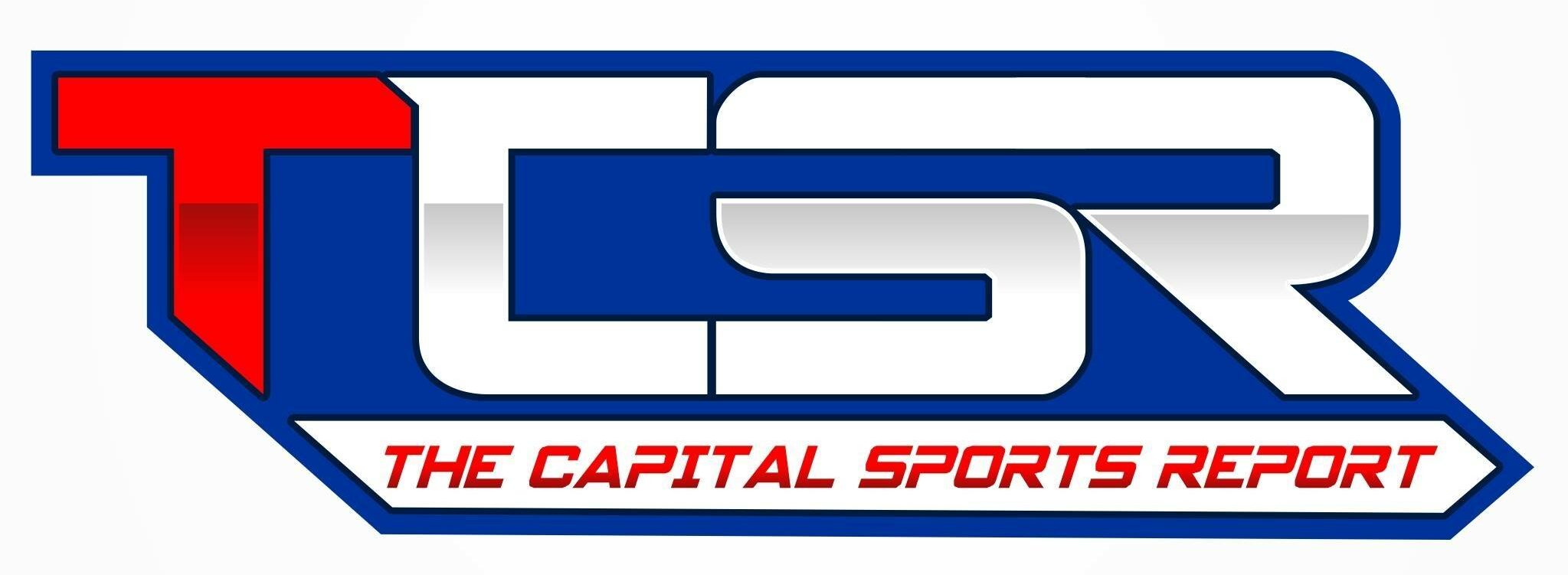Introduction
Women’s college lacrosse holds a storied legacy, characterized by passion, athleticism, and a commitment to excellence. This comprehensive exploration delves into the rich history of the sport, tracing its origins, evolution, and enduring impact on collegiate athletics.

Origins and Early Development
READ MORE: Click here for our latest NCAALax coverage
Origins
Women’s lacrosse traces its origins to the 19th century when the sport began to gain popularity among female athletes in schools and universities across the United States. Initially played as a recreational activity, women’s lacrosse soon evolved into a competitive sport, driven by the enthusiasm and dedication of pioneering players and coaches.
Pioneering Players
In the late 19th and early 20th centuries, women’s lacrosse teams began to form at prestigious institutions such as Smith College, Bryn Mawr College, and Vassar College. These pioneering players defied societal norms and embraced the sport as a means of empowerment and self-expression, laying the groundwork for future generations of female athletes.
Early Rules and Adaptations
During its formative years, women’s lacrosse underwent several rule modifications to suit the needs and preferences of female players. The introduction of protective equipment, such as goggles and mouthguards, helped ensure the safety of participants while preserving the integrity of the game.
READ MORE: Click here for our latest Sports coverage
Rise of Collegiate Competition
Collegiate Expansion
The 20th century witnessed a surge in collegiate interest in women’s lacrosse, as more schools and universities established varsity programs and competitive leagues. Institutions like the University of Maryland, Princeton University, and the University of North Carolina emerged as powerhouse programs, setting the standard for excellence in the sport.
NCAA Involvement
In 1982, the NCAA officially sanctioned women’s lacrosse as a collegiate sport, providing opportunities for student-athletes to compete at the highest level. The establishment of NCAA championships elevated the visibility and prestige of women’s lacrosse, attracting top talent from across the country.
Conference Competitions
Women’s lacrosse conferences, such as the Atlantic Coast Conference (ACC), the Big Ten Conference, and the Ivy League, became hotbeds of competition, fostering rivalries and camaraderie among member institutions. Conference tournaments and championships offered teams a chance to showcase their skills and vie for postseason glory.
Evolution of Gameplay and Strategy
Gameplay Evolution
Over the years, women’s lacrosse has undergone significant changes in gameplay and strategy, influenced by advancements in training, coaching, and athletic performance. The introduction of new offensive and defensive tactics has transformed the sport into a dynamic and strategic endeavor, requiring precision, agility, and teamwork.
Technological Advancements
Technological innovations, such as video analysis software and wearable fitness trackers, have revolutionized the way coaches train and prepare their teams for competition. Data-driven insights and analytics have become invaluable tools for optimizing player performance and enhancing overall team dynamics.
Global Influence
Women’s lacrosse has expanded its reach beyond the borders of the United States, gaining popularity in countries around the world. International competitions, such as the World Lacrosse Women’s World Cup, provide athletes with opportunities to represent their countries on the global stage and showcase the universal appeal of the sport.
Cultural Impact and Legacy
Cultural Significance
Women’s college lacrosse holds a special place in the fabric of American sports culture, embodying the values of teamwork, perseverance, and sportsmanship. The sport’s emphasis on inclusivity and diversity has inspired countless individuals to pursue their passion for lacrosse and forge lifelong friendships and memories on the field.
Trailblazing Athletes
Throughout its history, women’s lacrosse has produced a myriad of trailblazing athletes who have shattered barriers and paved the way for future generations. From iconic figures like Kelly Amonte Hiller and Taylor Thornton to rising stars like Megan Taylor and Kylie Ohlmiller, these athletes have left an indelible mark on the sport and inspired countless young girls to dream big and pursue their goals.
Enduring Legacy
As women’s college lacrosse continues to evolve and grow, its legacy remains firmly rooted in the dedication and passion of players, coaches, and fans alike. From its humble beginnings to its present-day prominence, women’s lacrosse serves as a testament to the transformative power of sports and the boundless potential of female athletes.
Conclusion
In conclusion, women’s college lacrosse stands as a beacon of empowerment, excellence, and unity within the world of collegiate athletics. From its origins as a recreational pastime to its current status as a competitive and globally recognized sport, women’s lacrosse has captivated the hearts and minds of athletes, fans, and communities alike. As we look to the future, the legacy of women’s college lacrosse will continue to inspire and uplift generations of athletes, forging a path of inclusion, equality, and achievement for all who dare to dream.
Subscribe to our newsletter!
Facebook, Twitter, Instagram, Telegram, Tumblr, YouTube, and TruthSocial
Keep Independent Journalism Alive! Ad-free experience and Exclusive Premium-plus content. Join our Paid Substack for additional content for $10 per month. This is ad-free content. We believe that what you read matters and great writing is valuable. Through Substack, writers can flourish by being paid directly by their readers. © 2007-2024 The Capital Sports Report. All Rights Reserved. This material may not be published, broadcasted, rewritten, or redistributed.


